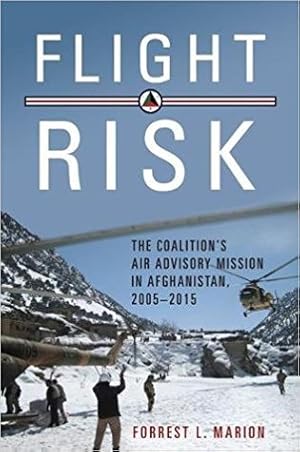Flight Risk: The Coalition's Air Advisory Mission in Afghanistan, 2005-2015 (History of Military Aviation)
(By Forrest L. Marion)

| Size | 21 MB (21,080 KB) |
|---|---|
| Format | |
| Downloaded | 584 times |
| Last checked | 8 Hour ago! |
| Author | Forrest L. Marion |
Between 2007 and 2011, air advising efforts made modest progress in terms of infrastructures, personnel and aircraft accessions, and various training courses. But by 2010, advisors increasingly viewed AAF command and control (C2) as a problem area that required significant improvement if a professional air force was to be built. In the spring of 2011, major institutional changes to AAF C2 procedures were being introduced when nine U.S. air advisors were killed. The attack was the worst single-incident loss of U.S. Air Force personnel in a deployed location since 1996 and the worst insider-attack since 2001. The post-attack investigation failed to uncover evidence of organized corruption contributing to the attack despite the well-known presence of a Criminal Patronage Network as well as certain power brokers within the AAF itself (all unacknowledged in the original report). The investigation was the victim of command pressure at the U.S. three-star level.
From mid-2011 through 2015, air advisors focused on force protection as well as teaching English, training Afghan airmen, and adjusting U.S.-coalition plans to a shifting AAF inventory. As time wore on, the cultural chasm between Afghanistan and the West became more apparent, highlighted by Afghan senior leaders' traditional practice of personal-based C2 through the use of their cell-phones to re-task most AAF aircraft sorties (especially Mi-17s) outside of established procedures and C2 entities. Many sorties were invisible to the air advisors, and others were suspected of transporting illicit goods. Under such circumstances, flying training sorties of AAF aviators failed to keep pace with the air campaign plan. In short, culturally informed ways of doing business precluded AAF professionalization. As of 2015, the dilemma continued with no end in sight to an air advisory mission of uncertain long-term value.”












